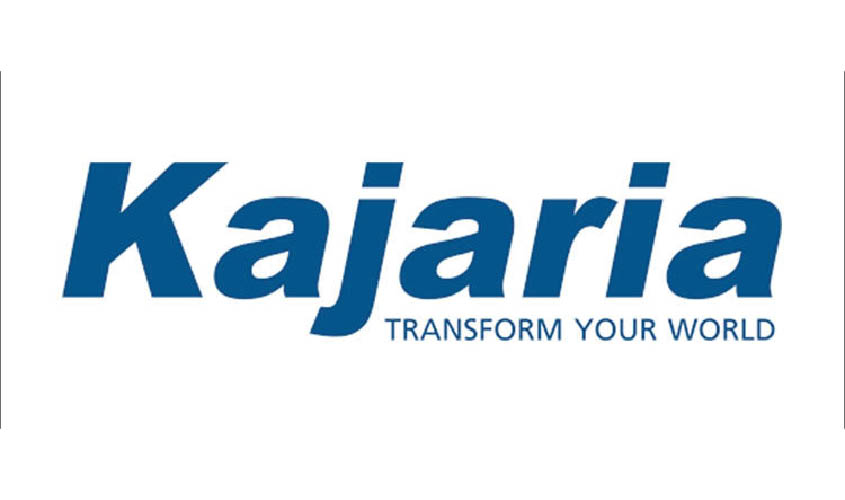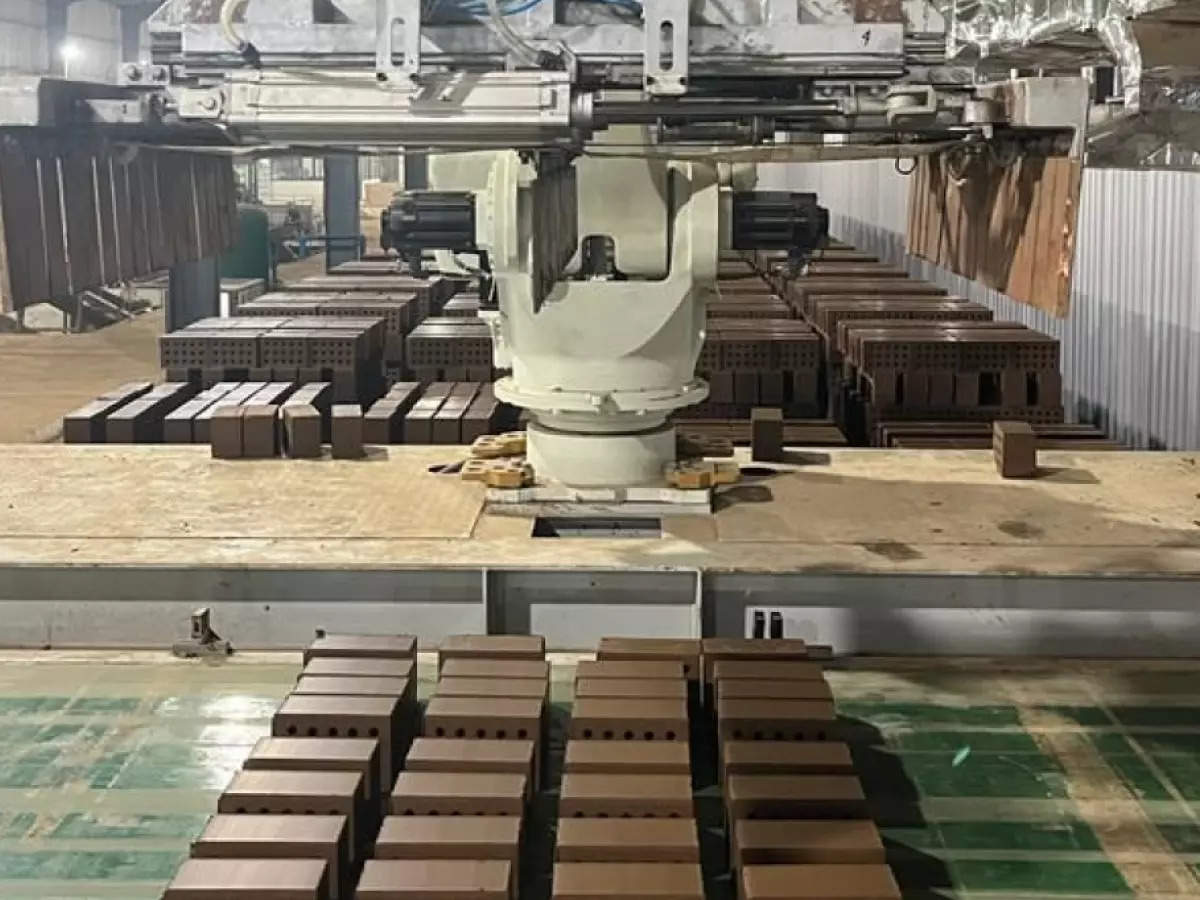 Anil K. Beejawat, Group CEO, Simpolo vitrified Pvt. Ltd. said, Ceramic tile industry has a great future in India thanks to the availability of high quality raw materials and other minerals along with skilled manpower,creative designers and availability of clean fuel and above all a burgeoning consumer demand. Ceramics can give the same finish and texture of natural material like stone or wood sans the limitations of natural products.”
Anil K. Beejawat, Group CEO, Simpolo vitrified Pvt. Ltd. said, Ceramic tile industry has a great future in India thanks to the availability of high quality raw materials and other minerals along with skilled manpower,creative designers and availability of clean fuel and above all a burgeoning consumer demand. Ceramics can give the same finish and texture of natural material like stone or wood sans the limitations of natural products.”
 Ashok Goyal, CEO NITCO said, “NITCO’s offers wide range of ceramic and glazed vitrified tiles and double charged to heavy duty tiles. Tiles provide uniformity of size, quality of finish, lasting endurance, dimension, colour and pattern.
Ashok Goyal, CEO NITCO said, “NITCO’s offers wide range of ceramic and glazed vitrified tiles and double charged to heavy duty tiles. Tiles provide uniformity of size, quality of finish, lasting endurance, dimension, colour and pattern.
 Manoj Agarwal, CMD, Qutone said, "The tile industry has been constantly reinventing the market with innovative solutions and newer products and companies. We have recently introduced the imarble collection which brings a new dimension to luxury finish.”
Manoj Agarwal, CMD, Qutone said, "The tile industry has been constantly reinventing the market with innovative solutions and newer products and companies. We have recently introduced the imarble collection which brings a new dimension to luxury finish.”
 Vikas Kesarkar, VP- Marketing, Classic Marble Company said, “Tiles are a common household are fixture today and one has become familiar with all its possible pros and cons. Consumers are buying tiles primarily because of its cost-effectiveness, versatility and ease of installation.”
Vikas Kesarkar, VP- Marketing, Classic Marble Company said, “Tiles are a common household are fixture today and one has become familiar with all its possible pros and cons. Consumers are buying tiles primarily because of its cost-effectiveness, versatility and ease of installation.”
 Firdaus Variava, Vice Chairman, Bharat Floorings & Tiles Pvt. Ltd said, “Tiles main USP is that it is highly customizable, beautiful and available at a very reasonable price. Tiles with traditional motifs and heritage design are helping preserve the traditional flooring art.”
Firdaus Variava, Vice Chairman, Bharat Floorings & Tiles Pvt. Ltd said, “Tiles main USP is that it is highly customizable, beautiful and available at a very reasonable price. Tiles with traditional motifs and heritage design are helping preserve the traditional flooring art.”



















